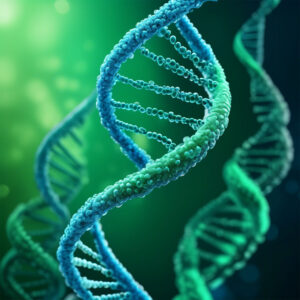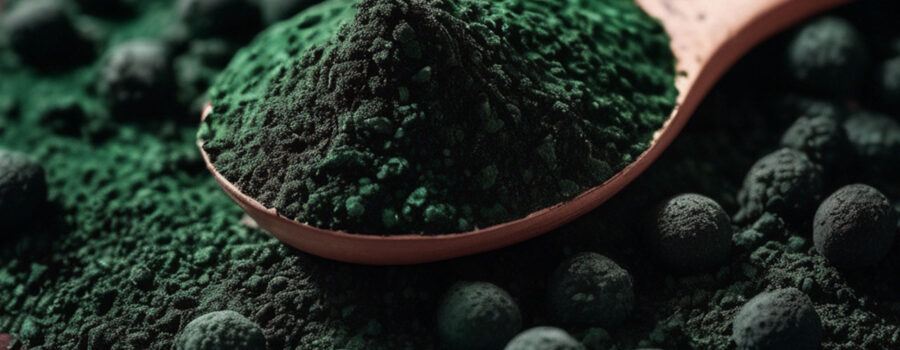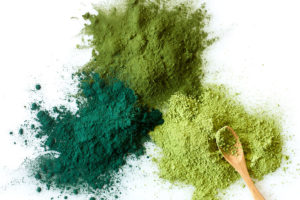Introduction to Spirulina and Its Nutritional Value
Spirulina is renowned for its high nutritional value. It contains essential amino acids, vitamins (such as B-complex vitamins), minerals (including iron and magnesium), antioxidants (like phycocyanin and beta-carotene), and fatty acids. These nutrients are highly beneficial for human health, contributing to immune support, anti-inflammatory effects, and overall well-being.
Impact of High-Temperature Spray Drying on Nutrients
Essential nutrients are degraded or destroyed when spirulina is processed into powder form using high-temperature spray drying methods. This process involves exposing the spirulina to temperatures exceeding 150°C (302°F). Spirulina powder is the burnt mineral ash remains of the original whole living cell. The following outlines the specific impacts on various nutrients:
- Protein Denaturation
-
- Proteins, including essential amino acids, are sensitive to heat. High temperatures cause denaturation, altering their structure and reducing their bioavailability. This means the body can not absorb these proteins as efficiently as it would from fresh spirulina.
- Vitamin Degradation
-
- Vitamins, particularly water-soluble ones like Vitamin C and B-complex vitamins (B1, B2, B3, B6, B12), are highly susceptible to heat degradation—the high temperatures used in spray drying lead to significant losses of these vitamins.
- Fat-soluble vitamins such as Vitamin A (in beta-carotene) also degrade under high heat conditions.
- Mineral Stability
-
- While minerals such as iron and magnesium are generally more stable than vitamins under heat treatment, the bioavailability of these minerals can still be affected by changes in the protein matrix they are bound to.
- Antioxidant Reduction
-
- Antioxidants like phycocyanin and beta-carotene are crucial for combating oxidative stress in the body. High temperatures dramatically reduce the levels of these antioxidants in spirulina powder.
- Phycocyanin is particularly sensitive to heat and light; thus, its concentration significantly decreases during high-temperature processing.
- Fatty Acid Oxidation
-
- When exposed to high temperatures during spray drying, spirulina’s essential fatty acids undergo oxidation. This reduces their nutritional value and forms harmful compounds.
High-temperature spray drying processing causes significant nutritional damage to spirulina by denaturing proteins, degrading essential vitamins (water-soluble and fat-soluble), reducing antioxidant levels like phycocyanin and beta-carotene, and oxidizing essential fatty acids.
Comparison with Fresh Spirulina
Fresh Raw Living Spirulina retains all its nutrients in bioactive forms, offering superior nutritional benefits because it is not subjected to heating or extensive processing. This results in the bioavailability of healthy proteins, vitamins, minerals, antioxidants, and fatty acids.

- Journal of Microbiology Biotechnology Food Science
- Provides comprehensive research on the nutraceutical properties and food processing applications of Spirulina.
- Journal of Agricultural Food Chemistry
-
- Offers detailed studies on Spirulina’s actual value, including its nutrient profile before and after processing.
- Archives of Toxicology
-
- It contains an overview of Spirulina consumption’s antioxidant activities and other health benefits.






Recent Comments